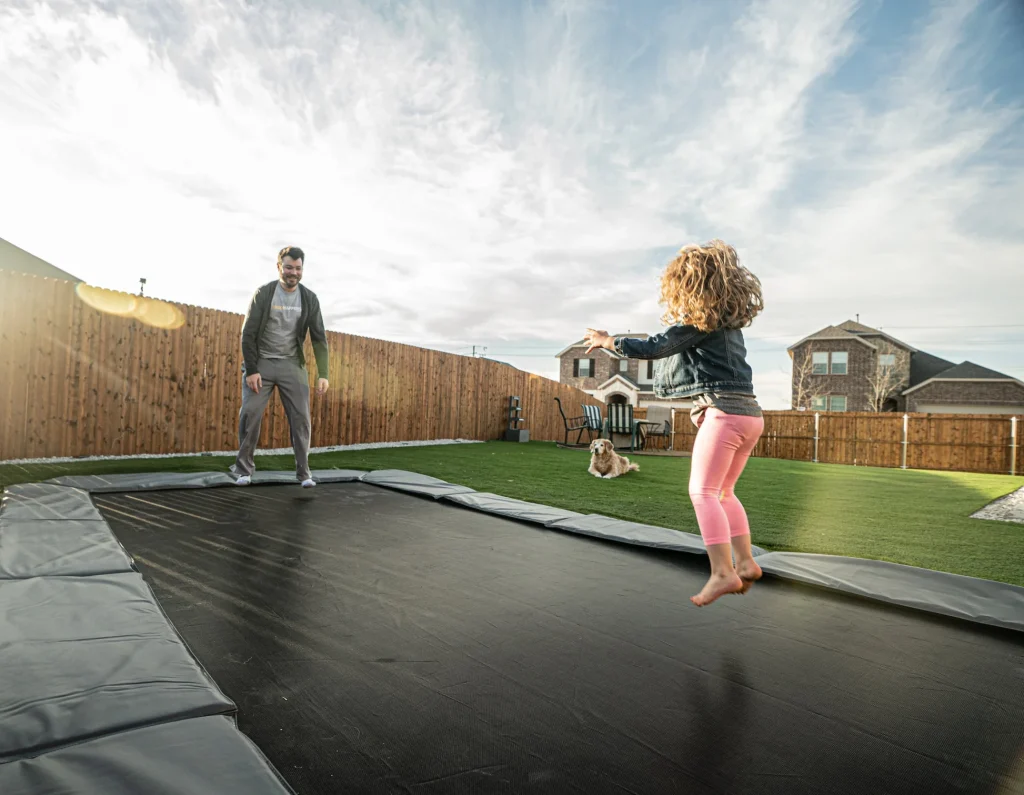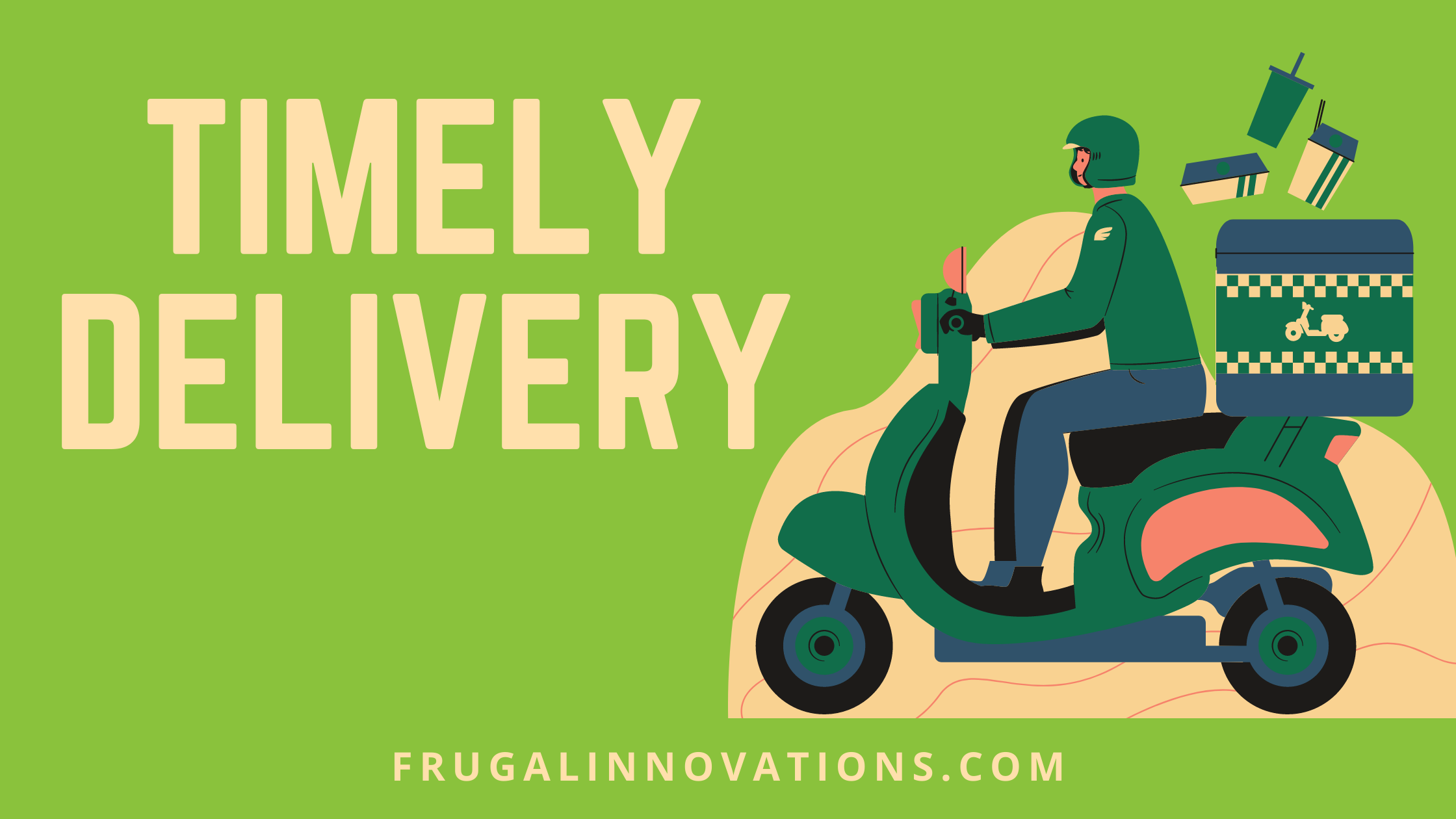Trampolining for Autistic Children

For children on the autism spectrum, engaging in traditional physical activities can be overwhelming due to sensory sensitivities, coordination difficulties, or communication challenges. That’s where trampolining for autistic children offers a game-changing solution — combining sensory regulation, motor development, and emotional wellness in one fun activity.
In Nairobi, more therapists, schools, and parents are integrating trampoline therapy into daily routines to help children with autism gain independence and improve their quality of life.
Benefits of Trampolining for Autistic Children
| Benefit | Explanation | How Trampolining Helps | Supporting Figures / Studies |
|---|---|---|---|
| Sensory Regulation | Autistic children often struggle with sensory processing | Rhythmic bouncing calms the nervous system and provides sensory input | Study by Kinnealey et al. (1999) showed 75% improvement in self-regulation via sensory-based therapy |
| Improved Balance and Coordination | Many children on the spectrum have motor delays | Trampolining enhances proprioception, spatial awareness, and muscle control | A 2012 OT survey found 80% therapists use trampolines to support motor skill development |
| Increased Attention and Focus | Trampolining helps “reset” the brain and promote focus | Jumping before tasks can help improve classroom participation | Kids who bounced before lessons improved focus by 25% (National Autism Resources, 2021) |
| Stress Reduction and Emotional Release | Physical activity reduces anxiety and meltdowns | Jumping serves as a physical outlet for excess energy and frustration | 65% of parents reported fewer meltdowns after trampoline sessions (Autism Parenting Magazine, 2020) |
| Social Skills Development | Encourages parallel play and shared experiences | Group trampoline activities promote interaction and turn-taking | Trampoline play improved peer interaction in 3 out of 4 observed therapy groups (2018 pilot study, Nairobi) |
Why This Matters in Nairobi, Kenya
In Nairobi, parents and therapists are increasingly embracing alternative therapies to support autistic children. Unfortunately, access to specialized sensory gyms is limited and expensive. Trampolines — available for both home and school use — offer an affordable, accessible alternative.
Local trends include:
Special needs schools incorporating mini trampolines for break-time regulation
Occupational therapists using rebounders in autism therapy sessions
Parents buying home trampolines in Nairobi as sensory tools
Case Study: Nairobi Family Using a Trampoline for Autism Therapy
Grace, a mother in Lavington, Nairobi, installed a small trampoline in her backyard to help her 7-year-old autistic son regulate emotions and stay active. Within three weeks:
His nighttime sleep improved
Meltdowns reduced from 4 times a week to once
He independently asked for “jump time” after school to calm down
This mirrors findings globally but also proves the effectiveness of trampoline therapy in Kenya’s urban environment.
Tips for Parents in Nairobi: Getting Started
Start with a mini trampoline (with handle bars for safety)
Incorporate short 5–10 minute jump sessions after school or before homework
Use visual cues or timers to help the child anticipate when jumping will begin and end
If possible, consult an occupational therapist in Nairobi familiar with sensory processing and trampolining
Where to Buy Kid-Safe Trampolines in Nairobi
Thrifty Enterprises Kenya – Nairobi’s trusted supplier for kid-safe trampolines
Online stores like Jumia or Asher Kids
Special needs suppliers or therapy centers that offer customized sensory equipment
A Powerful Tool for Empowering Kids
Trampolining for autistic children is more than just fun — it’s a scientifically supported tool for emotional regulation, motor skills, and focus. In a bustling city like Nairobi, where access to specialized care can be a challenge, trampolines offer an affordable, accessible way for families to support their autistic children.


